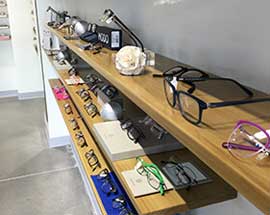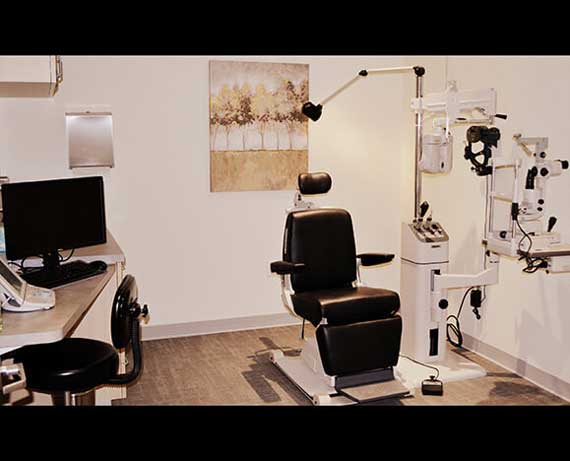Climate change doesn’t just affect the environment—it also has an impact on your health, including your vision. In today’s post, Six One Six Vision Center, your trusted eye care clinic, explains the potential effects of climate change on your visual health.

UV-Related Eye Conditions May Increase Because of Ozone Deterioration
The ozone layer serves as the Earth’s primary barrier from the sun’s harsh ultraviolet (UV) rays. There is a significant body of research suggesting that one of the effects of climate change is depletion of the ozone layer, which puts you at a higher risk of developing UV-induced eye conditions such as eye sunburn, pterygium, cataracts, and even macular degeneration.
This is why your reliable optometrist suggests wearing sunglasses whenever going outside, even on cloudy days. We suggest choosing sunglasses that provide 100% UV blockage, absorbing up to 400 nanometers of UV radiation. Oversized styles with wraparound frames also provide added protection.
Low Humidity and Increased Temperatures May Result in a Rise of Dry Eye Syndrome
Climate change may lead to higher environmental temperatures, low humidity, and a more arid climate. This may cause your tears to evaporate quickly, resulting in dry eye syndrome. We can treat dry eyes by applying artificial tear drops to keep your eyes lubricated for better eye comfort.
Smoke, Smog, and Other Airborne Pollutants May Exacerbate Ocular Allergies
Pollution from smoke, smog, and chemicals leads to more cases of eye irritations and hypersensitivity reactions. Without immediate treatment, this may result in corneal scarring and various eye infections. Your expert eye doctor may recommend wearing face masks and protective eyewear. It is also important to have regular eye exams so we can easily detect any ocular problems and render prompt treatment.
If you have any further questions about the impact of climate change on your visual health, call us at (208) 514-1858 or complete our form. We serve Boise and Eagle, ID.




